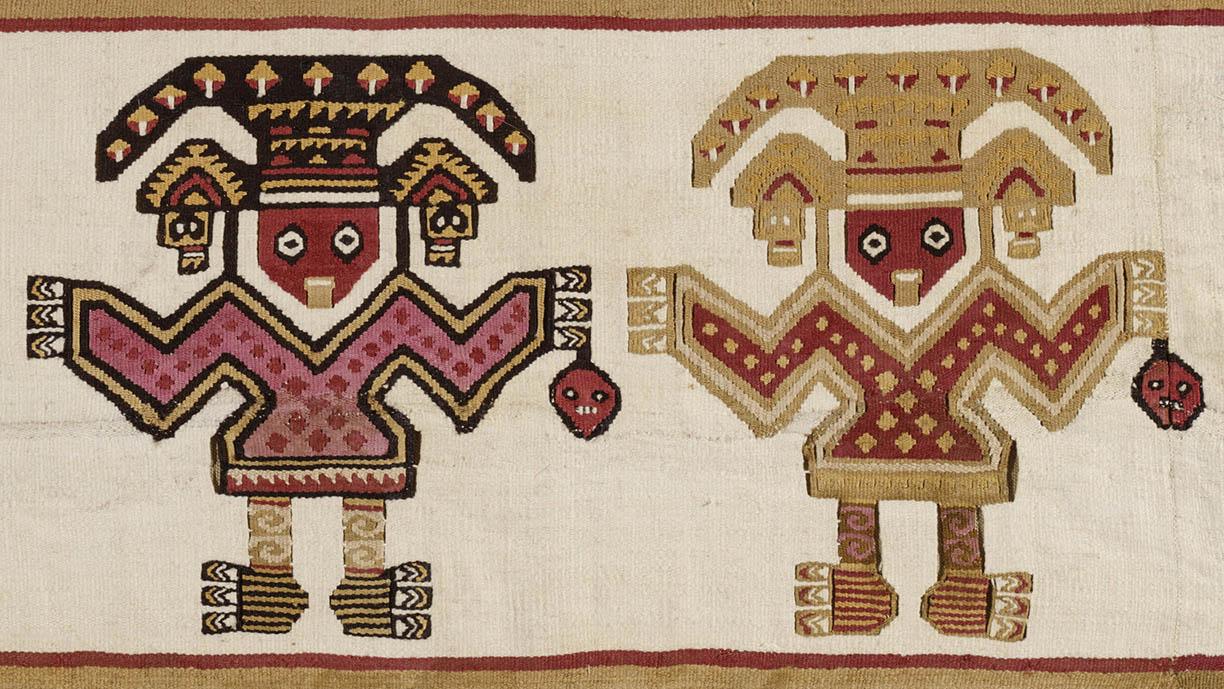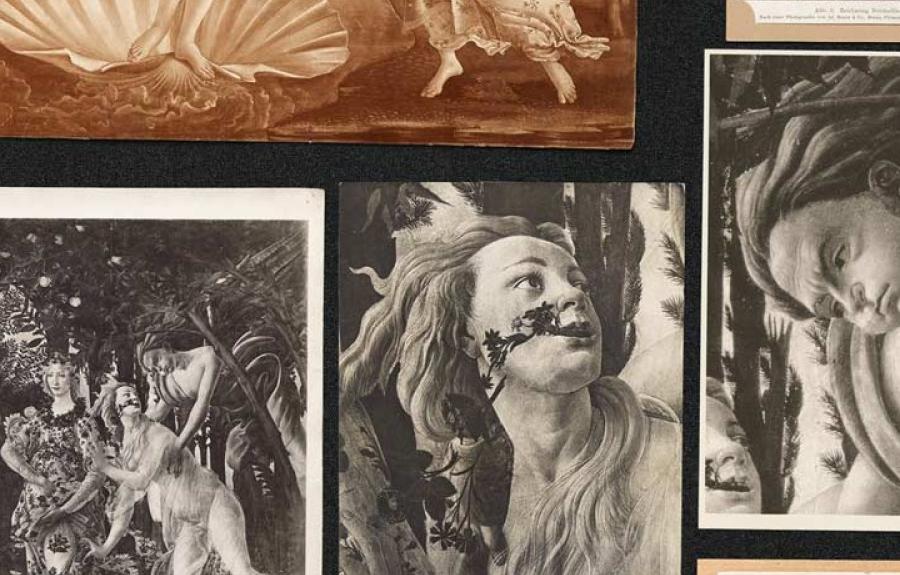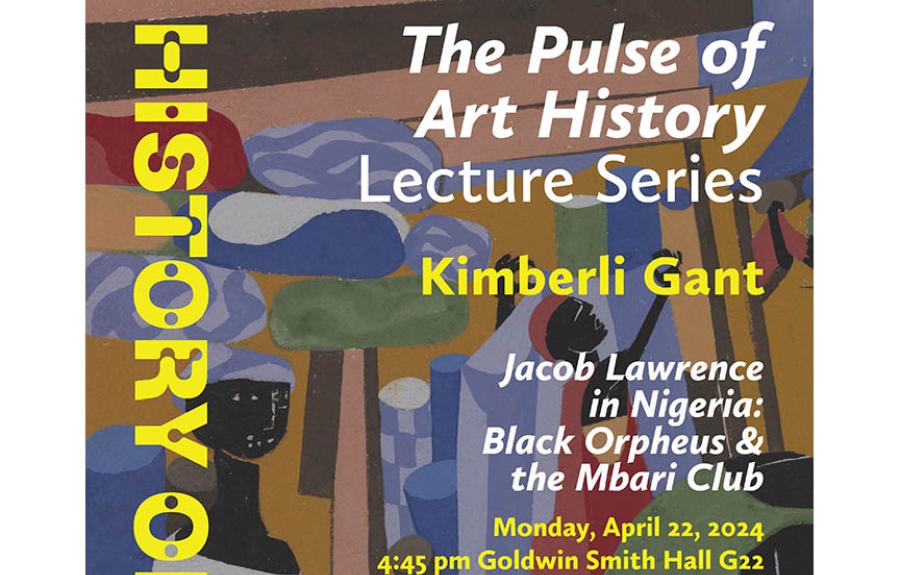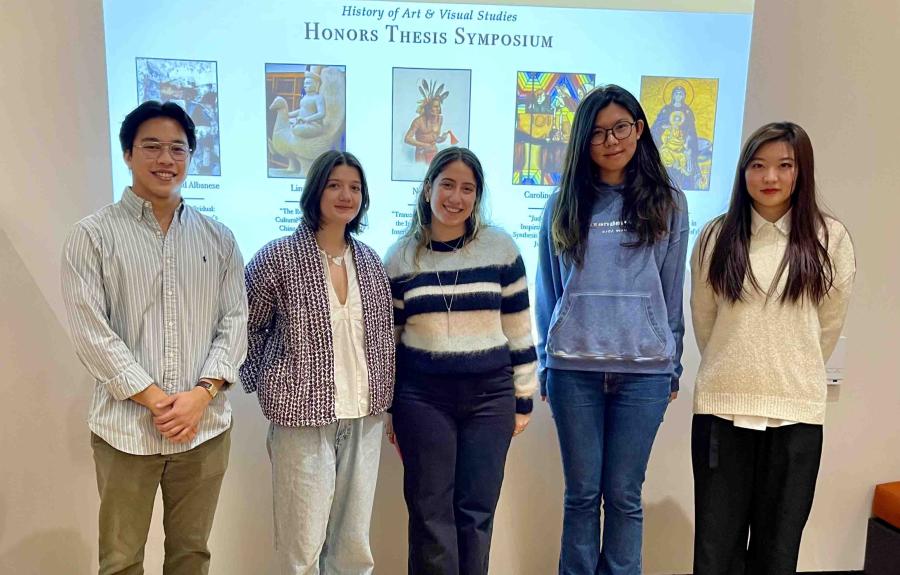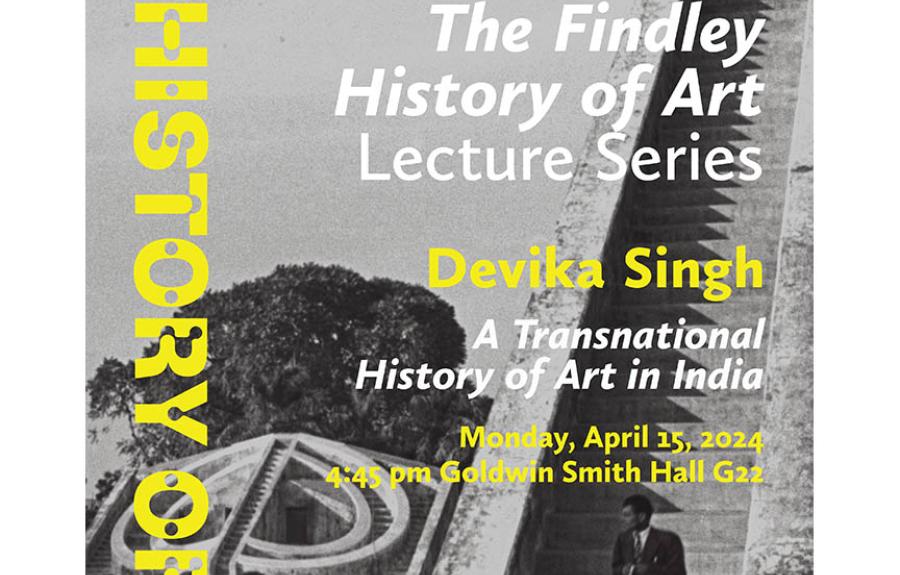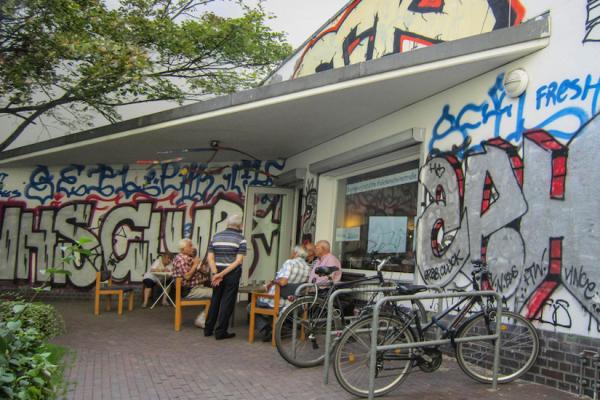Mnemosyne: Meanderings through Aby Warburg's Atlas
Begun in 1924 and left unfinished at the time of his death in 1929, the Mnemosyne Atlas is Aby Warburg’s attempt to map the “afterlife of antiquity,” or how images of great symbolic, intellectual, and emotional power emerge in Western antiquity and then reappear and are reanimated in the art and cosmology of later times and places, from Alexandrian Greece to Weimar Germany. Focusing especially on the Renaissance, the historical period where he found the struggle between the forces of reason and unreason to be most palpable, Warburg hoped that the Mnemosyne Atlas would allow its spectators to experience for themselves the “polarities” that riddle culture and thought.
Click here to explore ten panels from the Mnemosyne Atlas.


